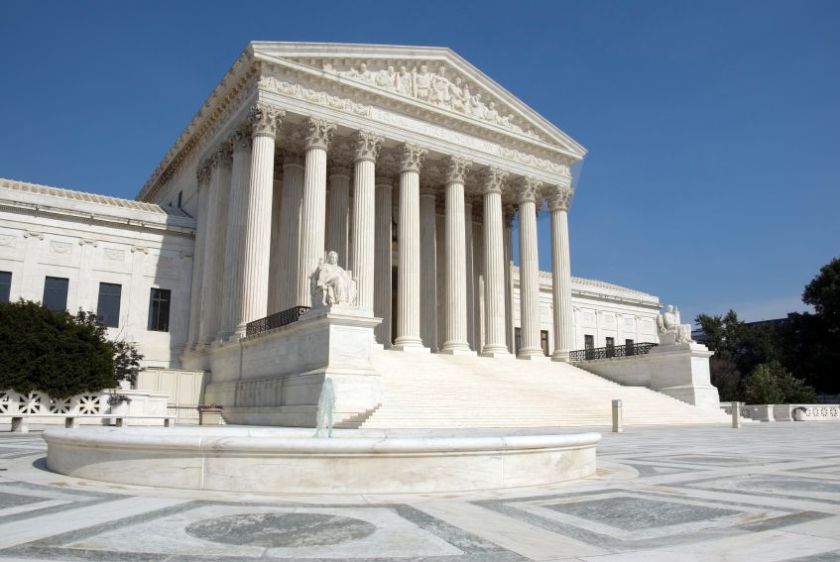Giuseppe Sandro Mela.
2018-11-29.
È cosa di somma importanza studiare a fondo gli avversari e, nel caso, cercare di imparare da loro.
I liberal socialisti hanno portato al massimo grado di raffinatezza l’arte di governare anche nel caso che avessero perso le elezioni.
Gli strumenti usati sono svariati, ma alcuni primeggiano per la loro importanza.
In primo luogo, hanno sempre avuto la massima cura di far nominare persone loro vicine negli alti gradi della Magistratura. Poi, ottenuto questo risultato, hanno iniziato a proclamare la sacralità della divisione dei poteri, che la Magistratura è intoccabile ed insindacabile, che la politica dovrebbe astenersi dal’interferire. Nel contempo, i loro Magistrati svolgono una chiara e netta azione politica.
Justice Ruth Bader Ginsburg calls Trump a ‘faker,’ he says she should resign [Cnn]
«”He is a faker,” she said of the presumptive Republican presidential nominee, going point by point, as if presenting a legal brief. “He has no consistency about him. He says whatever comes into his head at the moment. He really has an ego. … How has he gotten away with not turning over his tax returns? The press seems to be very gentle with him on that.”
It is highly unusual for a justice to make such politically charged remarks, and some critics said she crossed the line. House Speaker Paul Ryan told CNN’s Jake Tapper on Tuesday night the comments were “out of place.”»
Un po’ difficile dire che Sua Justizia Mrs Ginsburg non abbia tracimato nella politica e che stesse facendo politica, immemore della debita non ingerenza.
* * *
In secondo luogo i Magistrati liberal democratici sfruttano la loro posizione per alterare pesantemente la legislazione governativa.
Hawaii judge Derrick Watson blocks Trump travel order [Aljazeera]
Un giudice di una Corte Distrettuale Federale ha emesso uno ordinanza che blocca un Execuvite Order del Presidente in carica.
Da un punto di vista giuridico quella disposizione fu una delle più strampalate sentenze mai viste, ed infatti a breve termine si espresse la Corte Suprema:
Supreme Court Wipes Out Travel Ban Appeal
«The Supreme Court dismissed on Tuesday the last remaining appeal in a pair of cases challenging President Trump’s executive order, issued in March, that sought to limit travel to the United States.»
